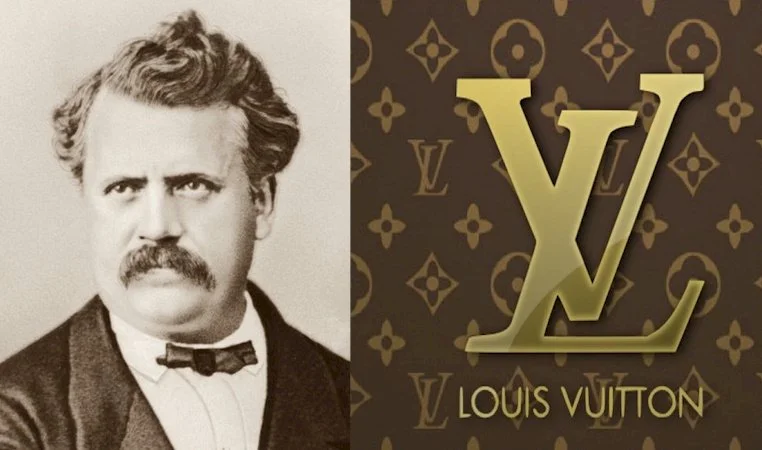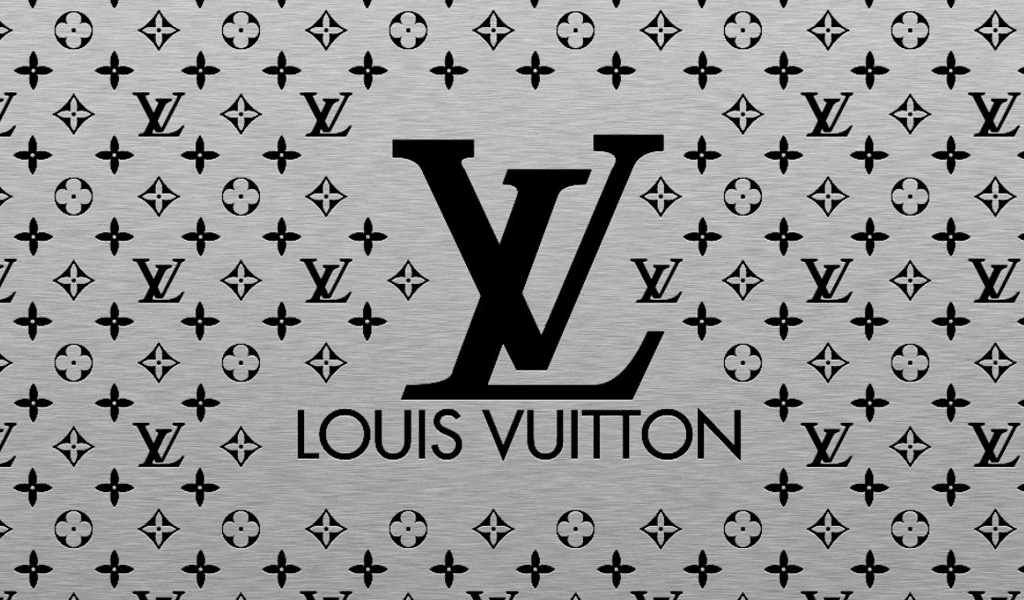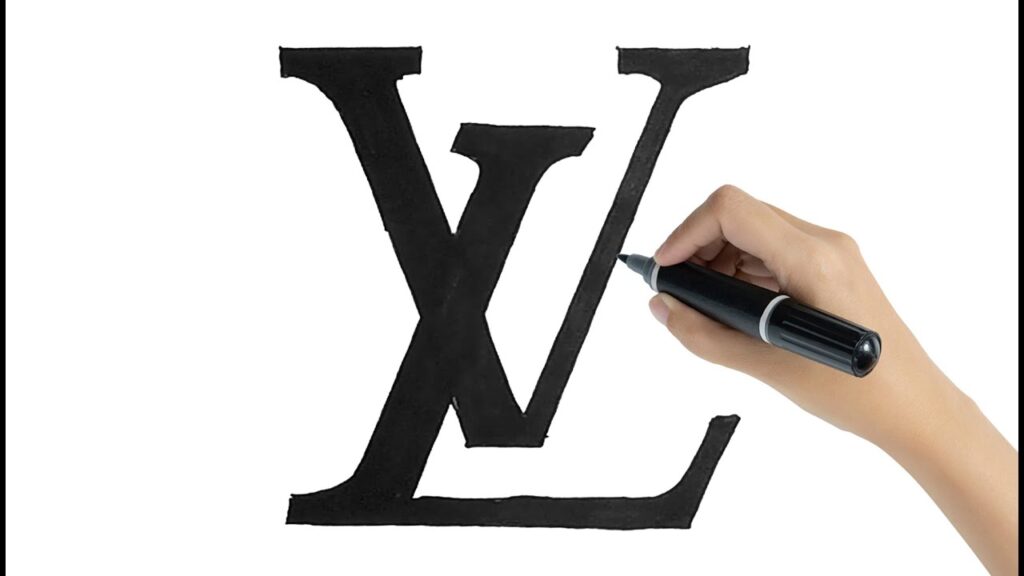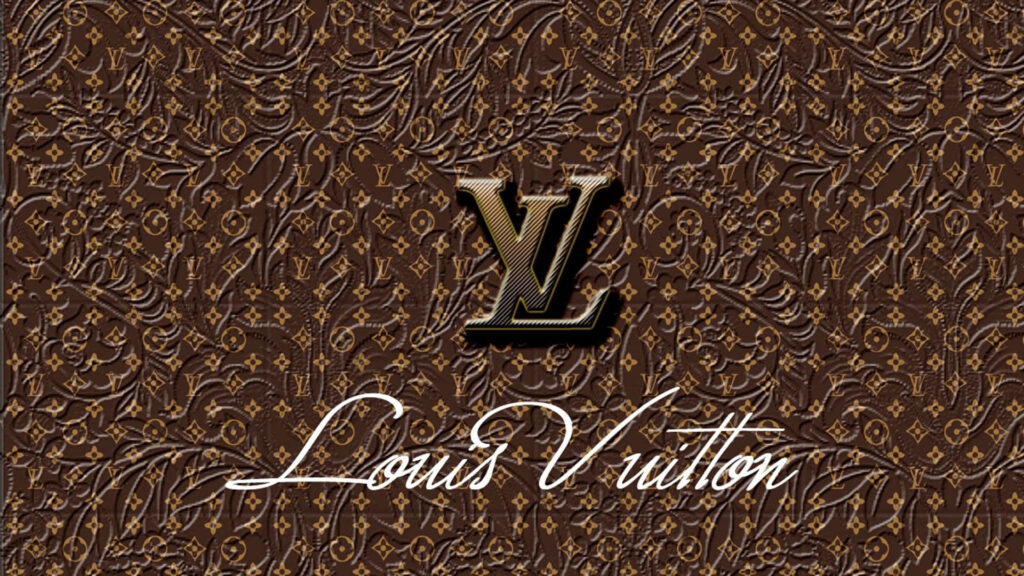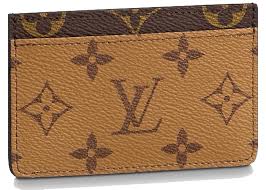The Louis Vuitton Logo – In the realm of high fashion and luxury, few logos are as instantly recognizable and revered as that of Louis Vuitton.
The interlocking “L” and “V” monogram has transcended time, evolving from a simple brand mark into a global icon of sophistication, exclusivity, and craftsmanship.
This article explores the history, design, significance, and cultural impact of the Louis Vuitton logo, offering insights into how it has become one of the most enduring symbols in the fashion industry.
Origins of Louis Vuitton
Louis Vuitton was founded in 1854 by a young French trunk-maker named Louis Vuitton. With a vision to create high-quality, innovative travel trunks, Vuitton established its brand in Paris.
Over time, the house of Louis Vuitton became synonymous with elegance, quality, and avant-garde design. However, it wasn’t until 1896—over 40 years after the brand’s inception—that the now-famous logo and monogram canvas were introduced.
The introduction of the logo was primarily a strategic move. After Louis Vuitton’s death, his son Georges Vuitton sought to protect the brand from rampant counterfeiting.
He devised the LV monogram along with a floral motif as a unique, trademarked design that would make replication more difficult.
This marked the beginning of a legacy that would change the face of branding in luxury fashion.
Design Elements of the Logo
The Louis Vuitton logo is composed of two simple yet elegant letters: an “L” superimposed over a “V.”
This combination is often accompanied by the brand’s signature monogram canvas, which includes floral and quatrefoil patterns derived from Japanese and Oriental art, very popular influences in late 19th-century Europe.
Key design features of the Louis Vuitton logo include
- Typography: The serif font used for the “L” and “V” gives the logo a classic and timeless appearance. The interlocking design enhances its visual distinctiveness.
- Monogram Canvas: The logo is often part of a repeating pattern featuring flowers, circles, and diamonds, creating a rich, decorative effect.
- Color Scheme: Traditionally, the logo appears in gold against a brown background, though variations in color and material are used for different collections and collaborations.
This minimalist yet powerful design has remained virtually unchanged since its inception—a testament to its enduring appeal and perfection in form.
Evolution and Adaptations
Although the original logo has been largely preserved, Louis Vuitton has not shied away from adapting it to contemporary trends.
Over the decades, various creative directors have introduced new interpretations of the logo to keep it fresh and relevant.
- Marc Jacobs Era (1997–2013): Under Jacobs’ direction, the brand launched several collaborations with artists like Stephen Sprouse and Takashi Murakami.
These included colorful reinterpretations of the logo, such as graffiti-inspired or rainbow-hued monograms, appealing to a younger, trendier audience.
- Nicolas Ghesquière and Virgil Abloh: The brand’s recent creative leadership has continued to reimagine the logo in different textures, sizes, and applications—from oversized logos on streetwear to deconstructed forms on avant-garde pieces.
These adaptations have helped Louis Vuitton maintain its place at the cutting edge of fashion, proving that even a century-old logo can be versatile and innovative.
Cultural Significance
The Louis Vuitton logo is more than just a branding tool—it is a symbol deeply embedded in global culture. It connotes luxury, exclusivity, and success.
For many, owning a Louis Vuitton item is a status symbol and a rite of passage into the world of high fashion.
The logo has also become a canvas for artistic expression. Collaborations with renowned artists have elevated the monogram into the realm of contemporary art.
Whether it’s painted onto a canvas or printed on a handbag, the LV logo evokes strong emotional and cultural responses, making it far more than a commercial emblem.
Moreover, the logo has become a prominent feature in pop culture. Celebrities, musicians, and influencers frequently showcase Louis Vuitton items adorned with the logo, amplifying its desirability and aspirational value.
Counterfeiting and Brand Protection
Ironically, the logo’s global fame has also made it one of the most counterfeited symbols in fashion.
Fake Louis Vuitton bags and accessories flood markets worldwide, attempting to capitalize on the logo’s prestige.
In response, the brand has implemented rigorous anti-counterfeiting measures, including RFID chips, microprinting, and secure supply chains.
Louis Vuitton is also known for its aggressive legal stance against counterfeiters.
The company employs a team of lawyers and investigators who work globally to protect its intellectual property. This relentless protection of the logo underscores its immense value and importance to the brand’s identity.
Logo in Marketing and Brand Identity
The Louis Vuitton logo plays a crucial role in the company’s marketing strategies. It is featured prominently in advertising campaigns, store designs, packaging, and even on the garments and products themselves.
The visual identity built around the logo helps reinforce brand recognition and customer loyalty.
The logo also supports Louis Vuitton’s brand promise—quality, heritage, and exclusivity. When consumers see the LV monogram, they associate it with superior craftsmanship and timeless elegance.
This strong association helps Louis Vuitton maintain its position as a leader in the competitive luxury market.
Minimalism Meets Luxury
Interestingly, the simplicity of the Louis Vuitton logo is one of its greatest strengths. Unlike overly complex or trendy designs, the LV monogram is straightforward yet deeply evocative.
It communicates luxury without being ostentatious, making it versatile across different product lines—from handbags and luggage to clothing and jewelry.
Its minimalist design aligns perfectly with the concept of “quiet luxury,” a trend that emphasizes understated elegance over flamboyance.
This makes the logo especially appealing to modern consumers who value subtle sophistication.
Conclusion
The Louis Vuitton logo is not just a decorative mark—it is a symbol of heritage, luxury, and global influence.
From its origins as a protective measure against counterfeiting to its current status as a fashion and cultural icon, the logo has journeyed through more than a century of style evolution while retaining its core identity.
Its timeless design, adaptive versatility, and deep cultural resonance have cemented the LV monogram as one of the most iconic and powerful logos in the world.
As fashion trends come and go, the Louis Vuitton logo stands as a beacon of enduring elegance—a true masterpiece in the art of branding.

